You’ve heard you are what you eat, well we believe that you are what you read. Teach a CEO presents lessons from our CEO Bookshelf on how you can improve and grow your venture. We have taken gems or nuggets from our library and provide them for CEO’s, startups, entrepreneurs and business owners. Get your copy of these books and more at CEO Books.
Business Consultant – 8 CEO Nuggets
- Two trends in the business world continue to bring tremendous implications for consulting. First is the trend toward a need for organizations to be more agile. Corporations will continue to hire more temporary professionals to assist when needed, as opposed to adding highly paid, permanent staff. Consultants temporarily provide the “people power” to complete the work at the time it needs to be completed…. The second trend is the rapid changes occurring in the world make it almost impossible for the executive team to remain knowledgeable about their industry, remain focused on their customers, stay ahead of their competition, and know instantly what to do when these factors collide in a negative way. (The New Business of Consulting)
- Consulting takes a certain aptitude–those natural talents and personal qualities we all have. It might be the ability to solve a problem methodically or the creative talent to see the problem as a solution. Don't underestimate your talents and abilities. And if you know your weaknesses, also know that you can overcome them. (The Consultant's Quick Start Guide)
- Although clients will ask you to discuss your skills, they will evaluate your characteristics. (The New Business of Consulting)
- A business plan is a document that describes your consulting business and where you want it to go in the future. Many new consultants are impatient to get started with real work of consulting, so planning at this time may seem to be a waste of time when there is so much else to do. (The Consultant's Quick Start Guide)
- Consulting is the process by which an individual or a firm assists a client to achieve a stated outcome. The assistance can come in the form of information, recommendations, or actual hands-on work. A consultant is a specialist within a professional area who completes the work necessary to achieve the client's desired outcome. (The New Business of Consulting)
- Subcontractors, are likely to have their own businesses. Unfortunately, that does not mean that they really understand how a business works. (The New Business of Consulting)
- Rhe opportunities available to you as a consultant are broad. You must begin to identify your niche–what you profess to do. This is a long-time consulting dilemma: if what you claim you can do is too broad, your expertise my appear shallow; if what you state you do is too narrow, it decreases your chances for locating work. (The Consultant's Quick Start Guide)
- You have an obligation to your clients to improve your knowledge and skills continually. The rapid changes in the world today can turn today's expert into tomorrow's dolt if the person fails to keep up. The professional identifies a developmental plan for continued growth. (The New Business of Consulting)
Innovation – 3 CEO Nuggets
- This book's thesis is that established organizations have every opportunity to become the victors of the future. But to achieve this, they need to create a future-proof innovation design or, in other words, to put the right strategies in place and to develop the necessary processes to drive internal and external organizational innovation. (Transforming Legacy Organizations)
- Several other analyses support how important it is for an organization to have a higher purpose that everyone in the organization knows about and that such a purpose has a spillover effect, both on the belief in the company's future and on financial outcomes. (Transforming Legacy Organizations)
- Mutating innovation is the third innovation track that has been referenced a few times throughout the book. This is where you're no longer improving the past, as with optimizing innovation or preparing the future, as with augmenting innovation, but where you invent the future. (Transforming Legacy Organizations)
Connectors – 7 CEO Nuggets
- My goals in writing this book are threefold. I want to demonstrate that: (1) Relationships and connecting are critical to your results, success, and your happiness. (2) Connectors have a way of thinking and acting that enables stronger relationships. (3) Anyone can infuse these mindsets and behaviors into their interactions and see the impact. (The Connector's Advantage)
- We are moving into the network age and our greatest assets are our relationships. (The Connector's Advantage)
- Don't just tear people down. Help them out. Find their strengths and passion areas and put them in a position to excel by propping them up instead of tearing them down. (Stop Settling, Settle Smart)
- Authenticity is the core of likeability, and openness is the foundation for connection. (The Connector's Advantage)
- Scarcity is scary, and scarcity thinking is based in fear. Having an abundant mindset is the opposite–it's knowing and believing that there will be enough for you and everyone else. (The Connector's Advantage)
- Cultivating positive connections will bolster self-trust. Many of us have toxic relationships that we may not realize are eroding our self-trust. (The Connector's Advantage)
- Diversifying your network expands your thinking, your access to information, and the speed at which you can reach different resources, information, and people…. A Connector mentality is one that trusts the process: even if they don't know what those results will be at the outset, a Connector knows that real relationships garner real results. (The Connector's Advantage)
Work-Life Balance- 4 CEO Nuggets
- Throw away the notion that settling is always negative…. I mean stop settling unconsciously, involuntarily, and habitually. Realize that settling is a noun and a verb. It is a state of being and an action you take. It may mean you're making trade-offs with your time that you may or may not make otherwise. However, when you choose to Settle Smart it will be the most sanity-saving, joy-inducing, productivity-generating habits you have. Thus, for your own sake, it's crucial and imperative that you become self-aware of unconscious habits and stop settling involuntarily. Start Settling Smart. (Stop Settling, Settle Smart)
- The lesson learned here is that getting help, medical or otherwise, is not settling! (Stop Settling, Settle Smart)
- Being a leader in your life is not just about being a CEO or a leader at work. It's about taking that same principle of being a great leader for yourself and others and applying it to both your office and out-of-office life. This includes things like leading by example and not asking others to do things you haven't done or wouldn't do. (Stop Settling, Settle Smart)
- Helping others and creating bonds and communities is one of the most beautiful things we can do as human beings. But if we jump in to rescue everyone else while forgetting our life jacket, we'll drown before we get very far. (Stop Settling, Settle Smart)
Digital Transformations – 4 CEO Nuggets
- This book is about understanding why digital transformations fail as a means to a more important end, which is how to thrive in an industrial revolution. It builds upon five major foundations to do this: (1) Companies either transform or die in industrial revolutions. (2) Digital transformation is our current generation's attempt to transform the face of the Fourth Industrial Revolution. (3) As many as 70 percent of all digital transformations fail. (4) The surprising answer to why digital transformations fail is a lack of discipline in defining and executing the right steps for digital transformations to take off and stay ahead. (5) It is possible to apply the proven checklist methodology from the airline and medical fields to improve the 70 percent failure rate. (Why Digital Transformations Fail)
- I'm a huge optimist when it comes to the digital era. I believe that the new digital tools have the potential to transform people, enterprises, and society. I'm also a realist when it comes to the disruptive power of digital. Like all disruptive tools of the previous industrial revolutions, it will generate the pain of change. The question of whether digital disruptions will occur but what role we want to play when it does. (Why Digital Transformations Fail)
- The reason why digital transformations fail is that they take more discipline than one might expect. It takes a surprising amount of discipline and a positive outlook of the possibilities for digital transformations to succeed. (Why Digital Transformations Fail)
- Culture eats strategy for breakfast…. Whatever it consumes, the fact is that for an organization to digest digital transformation, there are three specific behaviors that will enable an agile culture necessary to create a living DNA of perpetual digital transformation: customer-focuses innovation, and adaptive environment, and a shared common purpose. (Why Digital Transformations Fail)
Nincompoopery – 4 CEO Nuggets
- Nincompoopery–terrible customer service, idiotic business process, and soul-crushing management practices–surrounds all of us. (Nincompoopery)
- Managing in an era of accelerating change–where new ideas and business models can emerge quickly from anywhere around the globe, undermining established market positions–is a challenge unprecedented in business history. (Nincompoopery)
- Most organizations are rife with Nincompoopery, which deadens the souls of their employees… and leads them (us) to act like nincompoops. (Nincompoopery)
- … while a granular analysis of performance and activity is important at a process, department, or functional level, a company's culture is even more critical in determining organizational success or failure. And what we find, over and over, is that leaders of top-performing companies organize their cultures around three deceptively simple strategies–even as their doofus competitors ignore them. (1) Innovation…(2) Talent…(3) Process. (Nincompoopery)
Books on The CEO Bookshelf
Descriptions are from Amazon.com. Check out this edition at CEO Books.
- Find and kill the corporate stupidity that drives customers crazy. CEO and award-winning business writer John R. Brandt offers concrete examples of how any organization–large or small, and regardless of industry–can innovate in ways that delight customers and attract top-level talent. Nincompoopery–terrible customer service, idiotic business processes, and soul-crushing management practices–surrounds all of us. We lose time, patience, and profits as stuck-in-the-past organizations actively prevent us (and our customers) from getting the value we (and they) deserve.
- Why Digital Transformations Fail: The Surprising Disciplines of How to Take Off and Stay Ahead – Former Procter & Gamble Vice President for IT and Shared Services, Tony Saldanha gives you the keys to a successful digital transformation: a proven five-stage model and a disciplined process for executing it. Digital transformation is more important than ever now that we're in the Fourth Industrial Revolution, where the lines between the physical, digital, and biological worlds are becoming ever more blurred. But fully 70 percent of digital transformations fail. Why? Tony Saldanha, a globally awarded industry thought-leader who led operations around the world and major digital changes at Procter & Gamble, discovered it's not due to innovation or technological problems. Rather, the devil is in the details: a lack of clear goals and a disciplined process for achieving them. In this book, Saldanha lays out a five-stage process for moving from digitally automating processes here and there to making digital technology the very backbone of your company. For each of these five stages, Saldanha describes two associated disciplines vital to the success of that stage and a checklist of questions to keep you on track.
- Stop Settling, Settle Smart: Rethinking Work-life Balance, Redesign Your Busy Life – Work-life “balance” is a myth. Throughout our lives we’ve been sold a bill of goods that we can have it all, by being our all, by doing it all. There are limits to what we may achieve at one time and throughout our lives that require conscious trade-offs. We are simply not super-human. There are situational and relative life events that change how we live our lives, and therefore, how we navigate. This is why we must settle more and settle less, which is the key to settling smart! Drawing upon decades of managing, mentoring, coaching and developing thousands of individuals and leadership teams, along with a sense of strong advocacy for helping others, Dana exposes the mismatch in terms of what people want for themselves at work and in their relationships throughout their busy lives. It is time to learn how to close that gap for ourselves as unique and contributing people by design while aligning our core values and desires with workplaces who embrace them.
- The Connector's Advantage: 7 Mindsets to Grow Your Influence and Impact – The most important asset you have is your relationships! Are you already networking but all that effort is not translating into results? Does everyone seem to be getting further ahead even though you are just as smart? Are you looking for a new job or up for a promotion? Do you have great ideas but no one seems to be listening to them? If any of these situations resonate, this book is for you! And even if you are already a Connector, this book will help you take it up a level.
- Transforming Legacy Organizations: Turn your Established Business into an Innovation Champion to Win the Future provides real-world advice and research-based information on how to grow innovation by employing new technologies, improving processes, and establishing a culture of creativity and forward momentum. Conventional business wisdom views innovation as the biggest advantage startups have over large, established organizations, often referred to as legacy organizations. This belief is false, especially when considering that 70% of all startups fail within 20 months of their first venture round. The truth is innovation initiatives of legacy organizations have far better chances of succeeding. Organizations with superior resources—money, customers, suppliers, data, employees, infrastructure—can overcome challenges from new entrepreneurial ventures: knowing how to leverage their underutilized advantage is key for achieving sustained, long-term innovation success.
- The Consultant's Quick Start Guide: An Action Plan for Your First Year in Business – An action plan for working as a consultant. Management consulting is a $250 billion industry and growing at a rate of over four percent annually. Many predict that more than 40 percent of the US workforce will soon be contingent, freelance, or consulting members of the workforce – making this book more relevant than ever. Individuals become independent consultants out of necessity or preference: necessity because they lost their job or the company offered an attractive exit package; preference because they want a career change, more control over their time, or an enriched, varied work situation. Consulting also appeals to the Millennial workforce who are searching for careers that offer a good salary, as well as meaningful work.
- The Basics and Beyond – Everything you ever wanted to know about consulting—a practical roadmap for aspiring entrepreneurs. Seismic changes occurring in the workforce are leading to more and more people entering the world of contract, freelance, and contingency work. Rapid changes in demographics and advances in technology have led companies and talent to engage in profoundly new ways and consulting is one of the keys to success. The New Business of Consulting is authentic and practical, and shares the knowledge and skills required to start and grow a successful consulting business. From how to make a smooth career transition, to how to determine a consulting fee, to how consultants inadvertently create a bad reputation, it covers everything you need to know to thrive and flourish in this competitive field.




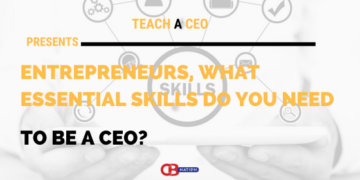
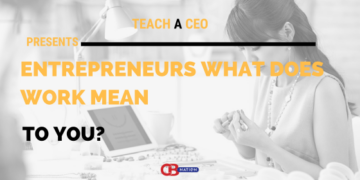


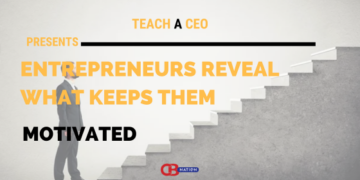
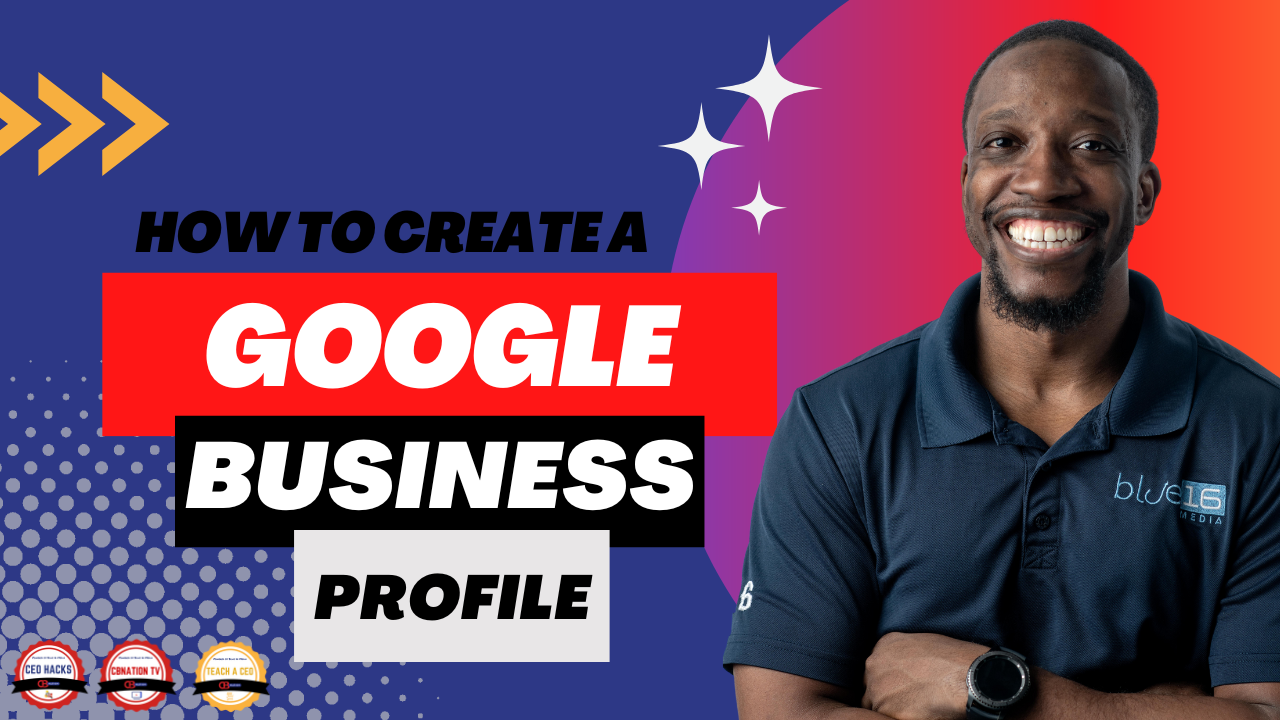


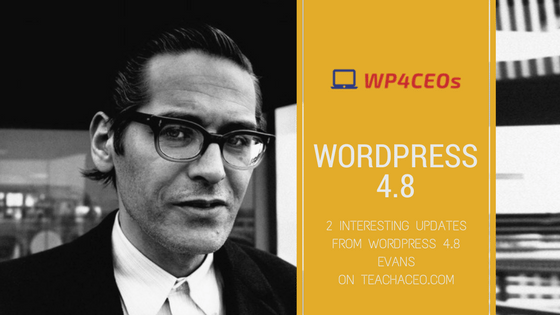


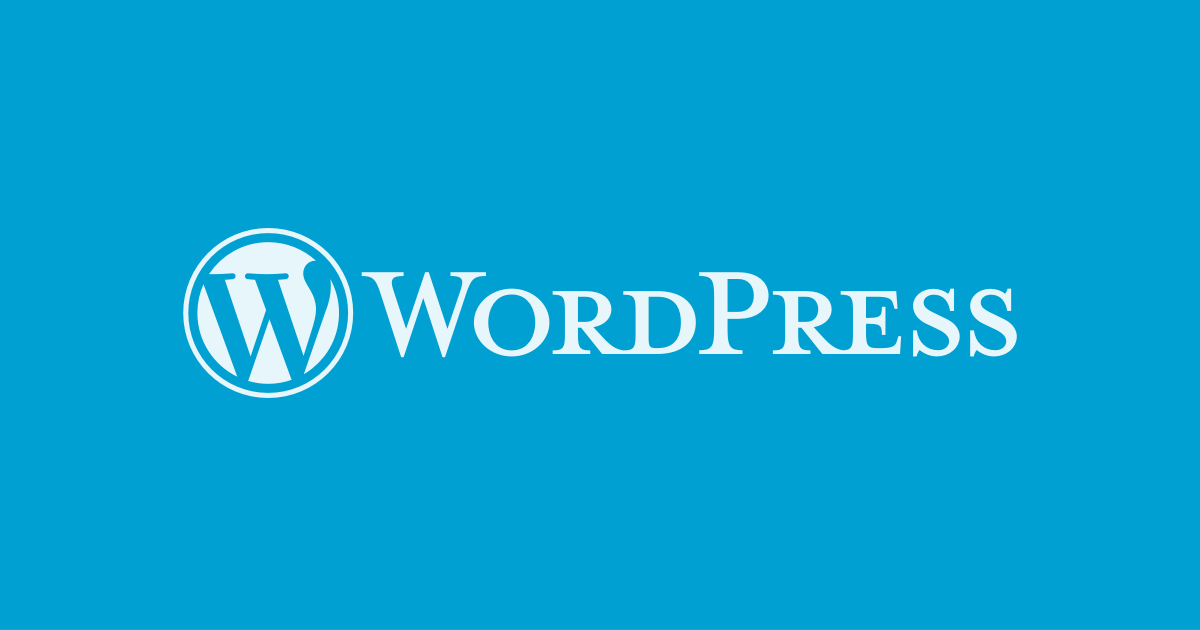
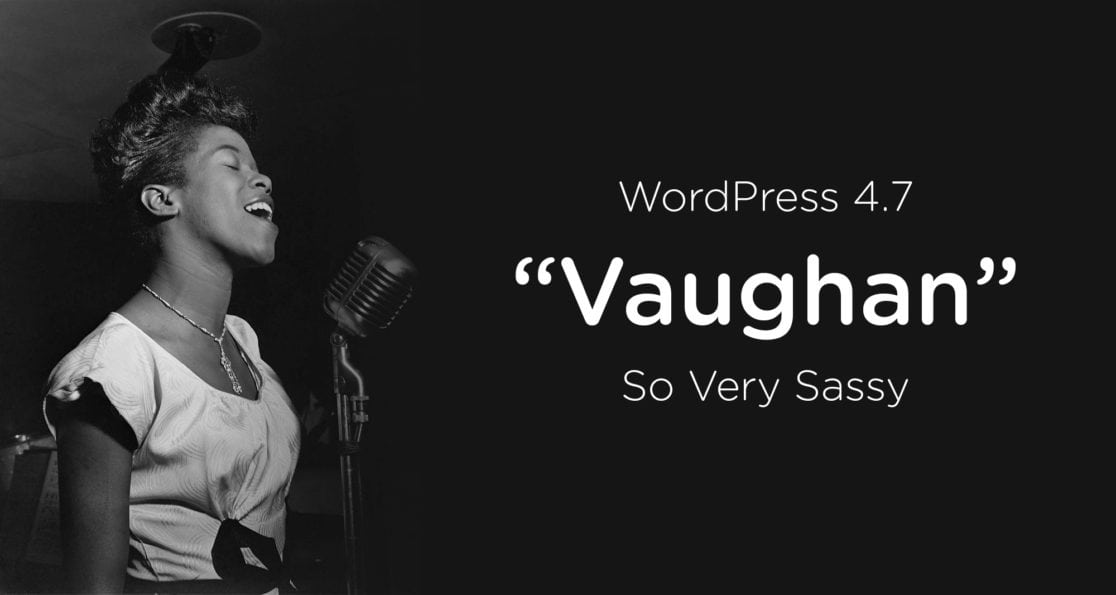


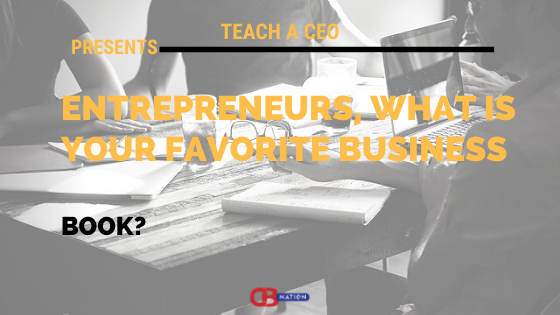

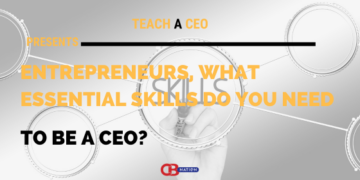



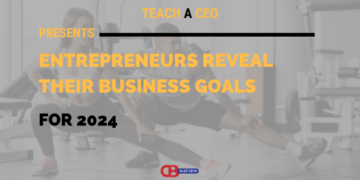
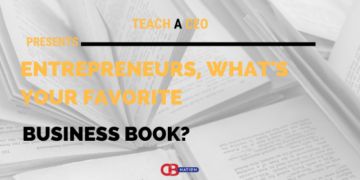

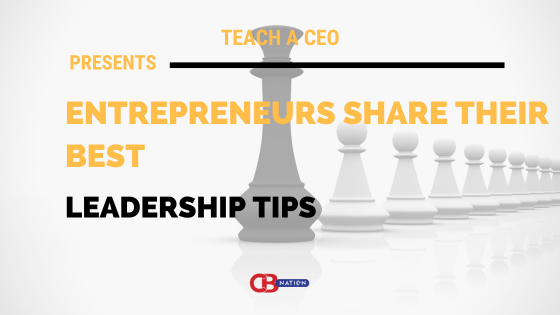
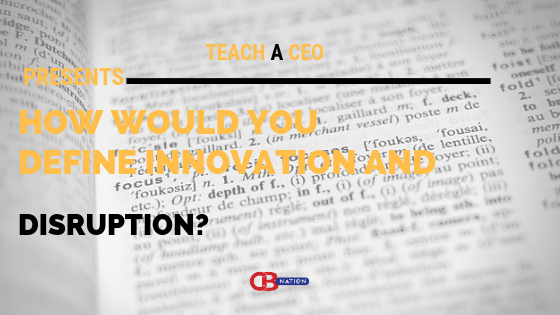





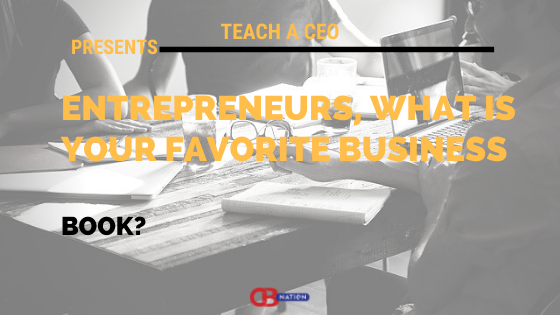
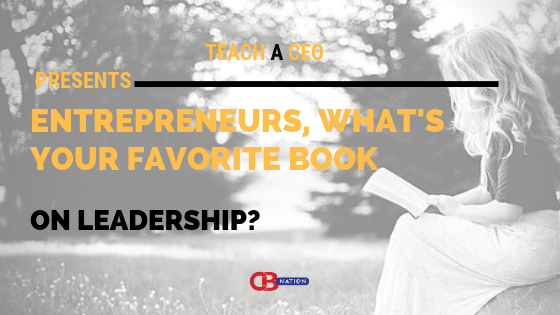
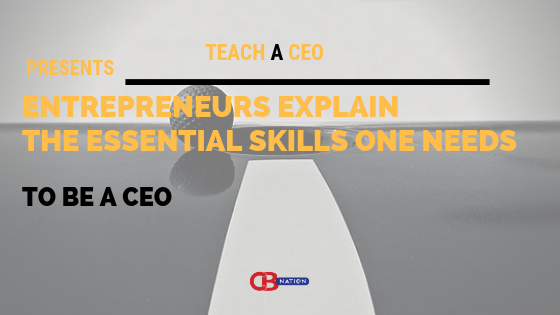






 |
|